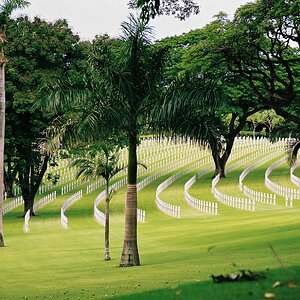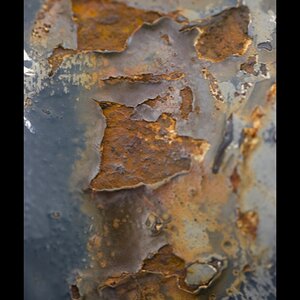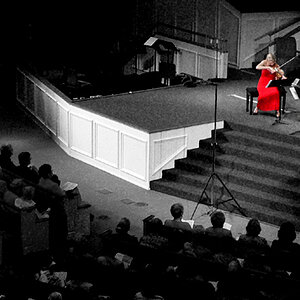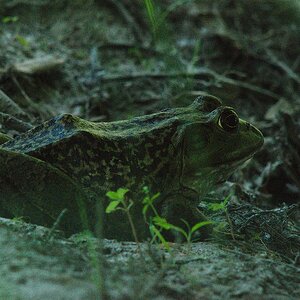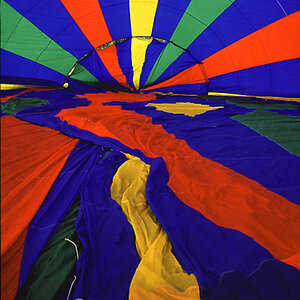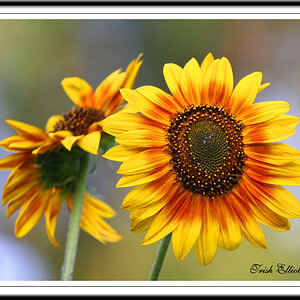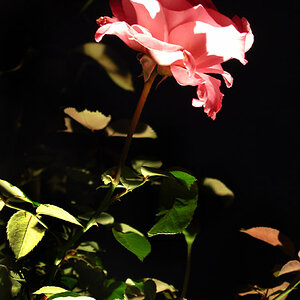carlita
TPF Noob!
never done this before. will already told me i need a red filter and all that jazz... but i was hoping to maybe get some more guidance just on getting decent exposures so i don't waste more film trying to get this right than i have to since it's not cheap stuff.
is it a whole lot different than shooting regular film, or should i be alright? i'm worried!
any tips, tricks or warnings you folks can give me before i try my hand at it? are there certain lighting situations that should be avoided? i'd appreciate the help immensely!
thanks!
is it a whole lot different than shooting regular film, or should i be alright? i'm worried!
any tips, tricks or warnings you folks can give me before i try my hand at it? are there certain lighting situations that should be avoided? i'd appreciate the help immensely!
thanks!


![[No title]](/data/xfmg/thumbnail/38/38292-ab7b4579becf6f3bda3ef5b18219d707.jpg?1619738563)
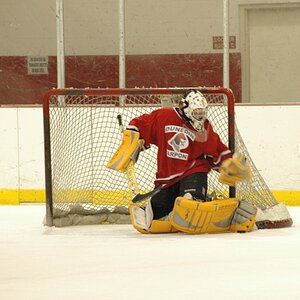
![[No title]](/data/xfmg/thumbnail/34/34120-9085bc65df236ba03977d33a60b852d3.jpg?1619736290)
![[No title]](/data/xfmg/thumbnail/30/30863-8c53522e4ed851e96cb7411e74b9fe59.jpg?1619734482)
![[No title]](/data/xfmg/thumbnail/32/32638-22cfef06fc91cb3aee39b7b55c36198d.jpg?1619735555)
